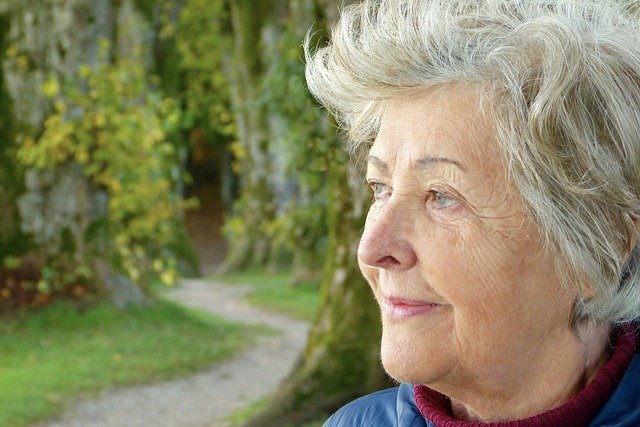
A recent study from Kellogg Eye Center found that more Americans are being diagnosed with eye complications of shingles.
But older adults can call the shots on whether they are protected from the painful rash that can cost them their eyesight.
The study was presented at the Association for Research in Vision and Ophthalmology annual meeting. One author is Nakul Shekhawat, M.D., MPH.
Among a group of 21 million adults, occurrences of herpes zoster ophthalmicus (HZO), when shingles get in the eyes, tripled during a 12-year-period.
It’s important to figure out which patients are at greatest risk for HZO and how to prevent it because of the severity of the disease and potential sight-threatening complications.
Even though caused by the same virus, shingles is different than chickenpox.
Years after recovering from chickenpox, the virus can become active again, causing shingles, a painful, debilitating infection that can lead to corneal scarring and blindness.
In the study, the researchers found that the incidence of herpes zoster ophthalmicus across the United States rose substantially between 2004 and 2016.
Shingles affecting the eye may be more of a problem for women and adults over age 75, two groups with the highest rates of infection.
While shingles have been cropping up in young adults, it is still considered one of the perils of old age.
The team says older patients were at far greater risk for HZO, highlighting just how important it is for older adults to get the shingles vaccination.
The shingles vaccination provides strong protection from shingles and its complications, but the vaccine is not widely used.
Two doses of Shingrix are more than 90% effective at preventing shingles and are recommended for those age 50 and older.
Even if an adult has had shingles in the past, Shingrix can help prevent future occurrences, according to the U.S. Centers for Disease and Protection.
Copyright © 2020 Knowridge Science Report. All rights reserved.



